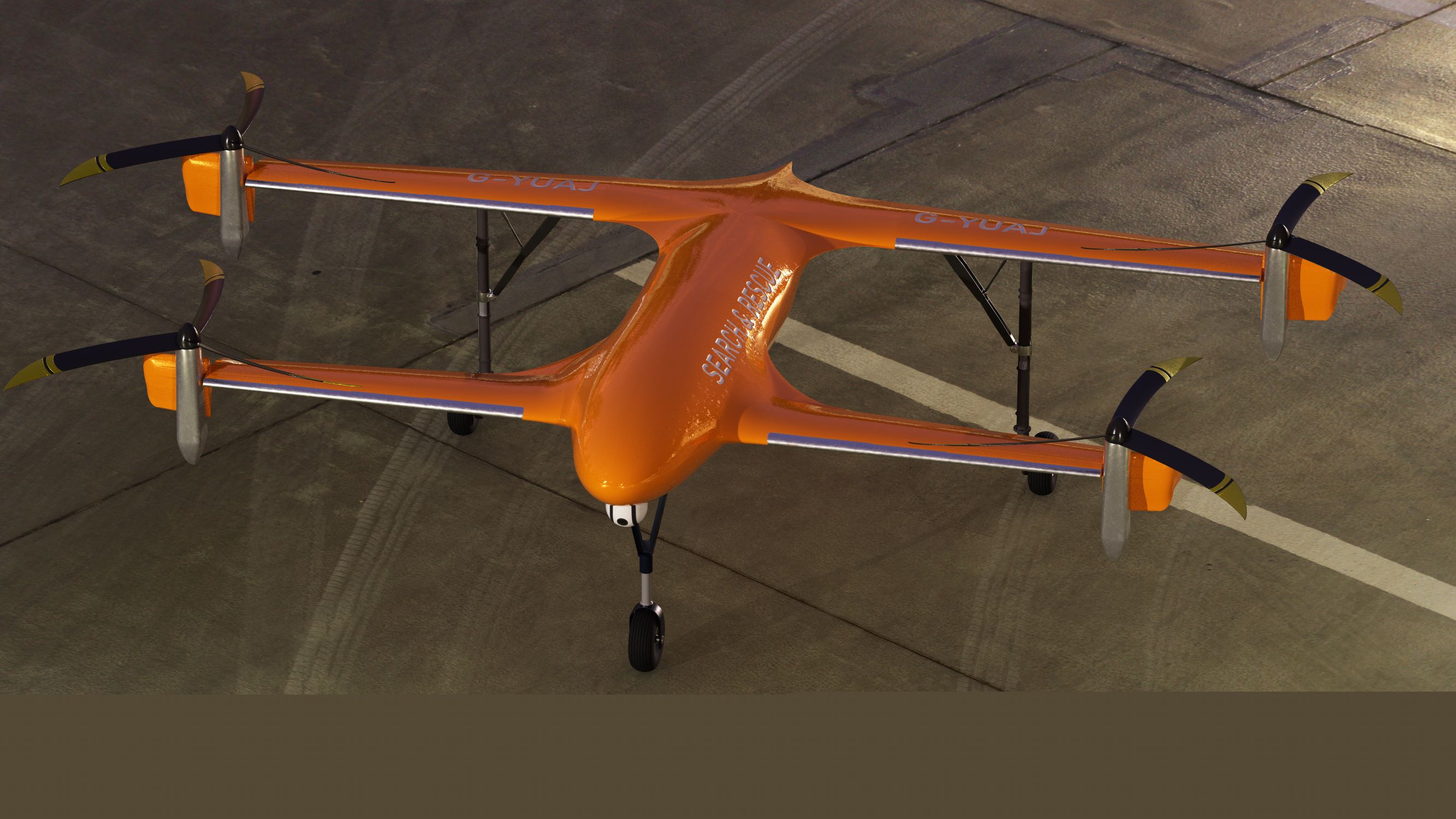Click Here to View This Page on Production Frontend
Click Here to Export Node Content
Click Here to View Printer-Friendly Version (Raw Backend)
Note: front-end display has links to styled print versions.
Content Node ID: 419793
GKN Aerospace has delivered its first ground-based demonstrator for a liquid hydrogen fuel system. While the first unit is for a small uncrewed air system (UAS) intended for search-and-rescue use, the company says the technology demonstrator could prove to be a significant step as continues its work on much larger hydrogen-powered aircraft, including passenger-carrying airliners.
Over a 12-month period, GKN and Filton Systems Engineering designed, built, and tested the demonstrator in the UK as part of the government-funded Safe Flight project. This is intended to find environmentally sustainable ways to increase the endurance of search-and-rescue missions.
The GKN-led team verified the performance of technology using a proton exchange membrane fuel cell stack with an electrical loading representative of typical flight requirements for a UAS on search-and-rescue missions. In what it described as an end-to-end test environment, the company said the project demonstrated that liquid hydrogen can be safely stored, managed, and used to supply a fuel cell power system at the required temperature and pressure to generate electrical power.
“While the focus of this work was on a small-scale platform, the achievement is highly aligned with other work we are conducting in programs such as H2Gear, where we are delivering propulsion technologies focused on enabling zero-emissions flight,” said Max Brown, GKN Aerospace’s vice president technology.
The aerostructures and engine components specialist is investing heavily in work to optimize propulsion system architectures and integrate these with airframes as part of efforts to bring hydrogen-powered airliners into commercial service by 2025. Earlier this year, it reported progress with the H2Gear and H2Jet programs, which respectively focus on hydrogen-electric fuel cell-based powertrains and direct combustion of liquid hydrogen fuel in turboprop and turbofan engines.
Operators such as UK-based low-cost airline EasyJet have expressed support for work to bring short-haul airliners powered by hydrogen into commercial service.
